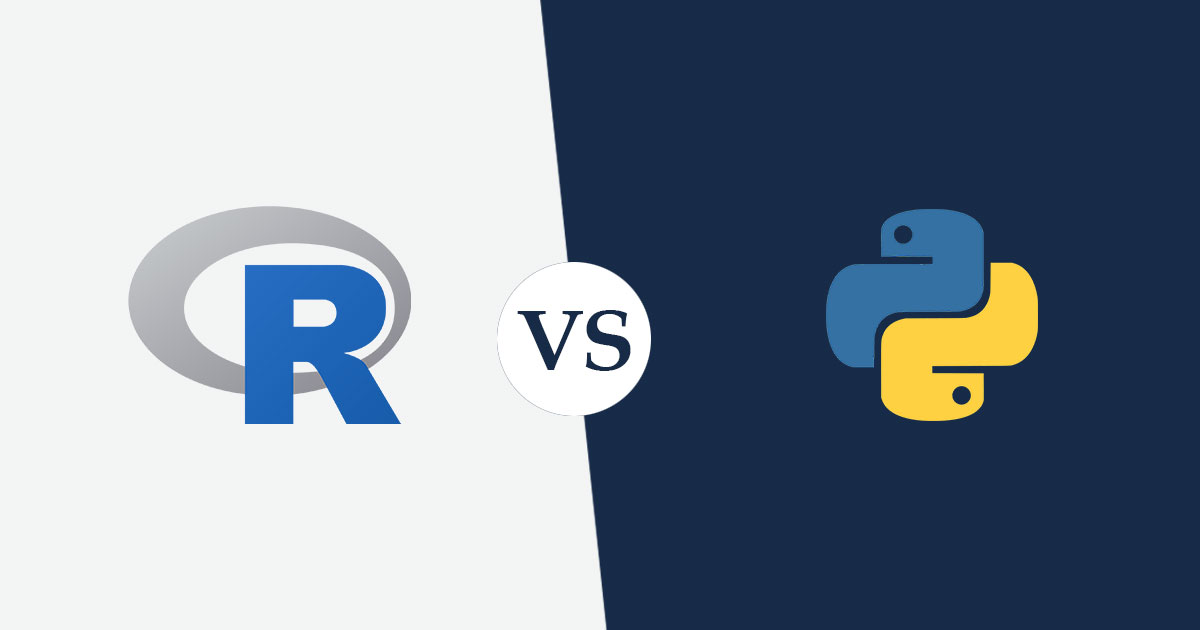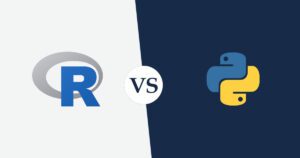In today’s data-driven world, choosing between Python and R for data analysis can be challenging. Both languages have carved out significant niches, offering unique strengths and boasting dedicated communities. As someone who has worked with both extensively, I understand the challenge of deciding which one to invest your time in learning. Whether you’re a complete beginner wondering where to start or a professional looking to expand your toolkit, this comprehensive comparison will help you make an informed choice that aligns with your goals and learning style.
Strengths of Python
- Flexibility: Python’s versatility extends beyond data analysis to web development, automation, and artificial intelligence, making it a versatile tool for a wide range of applications.
- Ease of Learning: Python’s readable syntax makes it accessible for beginners. The language prioritises simplicity and readability, which lowers the entry barrier.
- Extensive Libraries: Python’s data ecosystem includes powerful libraries like
-
- Pandas for data manipulation
- NumPy for numerical computing
- Scikit-learn for machine learning
- Matplotlib and Seaborn for visualisation
- TensorFlow and PyTorch for deep learning
Strengths of R
- Statistical Analysis: R was built by statisticians for statistics. It offers unparalleled capabilities for statistical modelling and analysis out of the box.
- Academic and Research Strength: R remains dominant in academic and research settings, particularly in fields like biostatistics, social sciences, and genomics.
- Superior Data Visualisation: R excels in creating high-quality graphs and charts for in-depth exploratory data analysis.
- R’s Library Ecosystem: R boasts an equally impressive collection of specialised libraries
-
- dplyr and tidyr for data manipulation and cleaning
- data.table for high-performance data processing
- caret and mlr3 for machine learning
- ggplot2 for advanced data visualisation
- tidymodels for modern statistical modelling
Python Vs R:
| Feature | Python | R |
| Ease of Learning | Easier for beginners with a readable syntax | Slightly steeper learning curve due to statistical focus |
| Best for | General-purpose programming, machine learning, AI | Statistical computing, data visualization, and research |
| Data Manipulation | Strong with pandas and NumPy | Strong with dplyr and tidyr |
| Machine Learning | Excellent support (scikit-learn, TensorFlow) | Some capabilities, but not as extensive as Python |
| Visualization | Good (Matplotlib, Seaborn) | Excellent (ggplot2, Shiny) |
| Performance | Faster for large-scale applications | Efficient for statistical tasks, but can be slower |
| Community & Support | Large, diverse community | Strong support in academia and statistics |
Making Your Decision: Key Factors to Consider
1. Your Background
- Coming from programming? Python’s syntax will feel more familiar as the language extends beyond data analysis.
- For Research? R might feel more intuitive.
2. Career Goals
- AI, or automation, Data engineering or ML engineering? Python is the clear choice.
- Statistical analysis or research? R might offer advantages.
- Data science broadly? Either works, though Python is increasingly dominant.
3. Your Industry: Different sectors have different preferences:
- Tech and startups: Python
- Finance: Both are used, with Python becoming more prevalent
- Pharmaceutical/biotech: R
- Academia: R
4. Learning Curve:
- Known for its simplicity and readability, Python has a gentle learning curve, making it accessible to beginners and experienced programmers alike.
The Practical Approach: Why Not Both?
Many experienced data professionals use both languages, as learning one reduces the learning curve for the other. The key is to focus on what works best for your situation right now.
- Python excels at data cleaning and machine learning.
- R is powerful for statistical analysis and visualization.
- Tools like reticulate in R enable seamless integration between Python and R, allowing you to leverage the strengths of both.
Learning Resources
Python:
- DataCamp’s Introduction to Python for Data Science
- “Python for Data Analysis” by Wes McKinney
- Kaggle’s Python tutorials
R:
- “R for Data Science” by Hadley Wickham
- The “swirl” package for interactive learning within R
- RStudio’s free courses
Start with what works for you
The Python vs. R debate often misses an important point: the best tool is the one that solves your specific problems effectively. Your choice depends on your career goals, industry needs, and the type of data analysis you’ll be performing. Rather than viewing this as a binary choice, consider your:
- Team’s existing infrastructure
- Personal Interest
- Long-term goals
Both languages continue to evolve, borrowing features from each other and becoming more versatile. Whichever you choose, focus on understanding data analysis principles, which transcend any particular language or tool.
The most valuable skill isn’t Python or R proficiency, but the ability to ask the right questions of your data and translate analytical insights into business value. Regardless of which you pick, the most important thing is to start learning and practising. Python and R are in demand, and mastering either (or both) will open up numerous career opportunities in data analytics.



